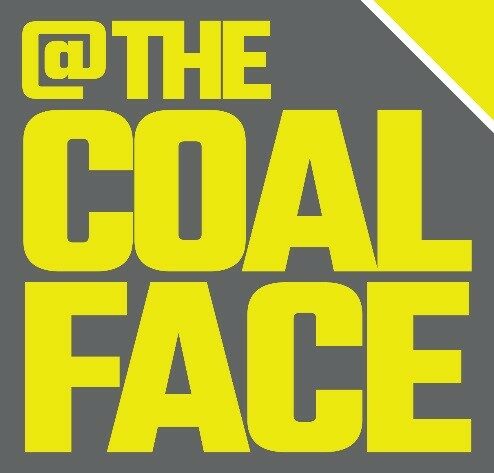We need to bring some common sense to the Net Zero Emissions debate by allowing nuclear power to be part of it.
Around the world more than 800 nuclear reactors are generating electricity, propelling ships and submarines, and producing the radioactive materials needed to diagnose and treat cancer. One of them is just 30 kilometres from the Sydney CBD. The Lucas Heights reactor has been helping to save lives for the past 63 years.
France has 56 reactors and derives around 75 per cent of its electricity from nuclear generators. The US is the biggest producer of nuclear energy, followed by China, France, Russia, South Korea and Canada. More than 50 countries around the world have nuclear power generators.
Australia’s rich reserves of uranium provide much of the fuel for these global facilities and platforms. We export our product to several countries including the US, the UK, France, Germany, Japan, and China. We do so confident in the safety of nuclear power generation and the effectiveness of the stringent international treaties and regulatory frameworks that ensure Australian uranium is used only for the peaceful purposes intended.
Despite the aging nature of our coal-fired generators and our determination to reduce our greenhouse gas emissions, Australia’s political leaders continue to reject zero-emissions, baseload nuclear generation. They don’t argue it isn’t safe, that would be problematic given we are sending our uranium to others to keep their lights on. They don’t argue our product could fall into the wrong hands, because that would question the international frameworks in place to prevent just that.
Rather, those opposed to nuclear generation argue one of three things. First, they say we don’t need nuclear because we have so many other options. We shall see.
Second, they argue the safe disposal of waste is problematic. That’s true, but with our vast deserts, our challenge is much smaller that of those we sell our raw product to.
Third, they argue nuclear generation can’t compete on price. But that’s an assessment not for government, but for those willing to invest and risk their hard-earned cash.
Neither investors nor politicians can assess the viability of nuclear generation in Australia because twenty-two years ago, opportunism and pragmatism combined to place a permanent prohibition on the industry. It didn’t matter much back then because nuclear generation could not compete with cheap, base-load coal generation and there was little appetite for it in the investment community.
But as our coal generators age and approach the end of their physical and economic lives, more questions are emerging about whether, like gas generators, modern nuclear plants could help to provide the firming power needed to allow more renewable energy into the electricity system.
Advances in technology is the other big change since John Howard introduced his nuclear ban. Today’s 4th Generation reactors are smaller, cheaper, and can be built more quickly. Small Nuclear Reactors (SMRs) are compact and can be buried underground. Their factory-manufactured modules reduce construction time and financial risk.
The prohibition should be lifted to provide Australia with an additional option in its quest to reduce carbon emissions and shore-up energy reliability and affordability. While-ever the prohibition remains in place, investors can neither test their business proposition nor assess their chances of securing the necessary environmental approvals.
The ban prevents us from fully testing community support too. Investors might find it impossible to find a location with a welcome mat and if they can’t, that should be the end of it. But we just don’t know because the prohibition doesn’t even let them ask the question.
Hon Joel Fitzgibbon MP
Federal Member for Hunter











